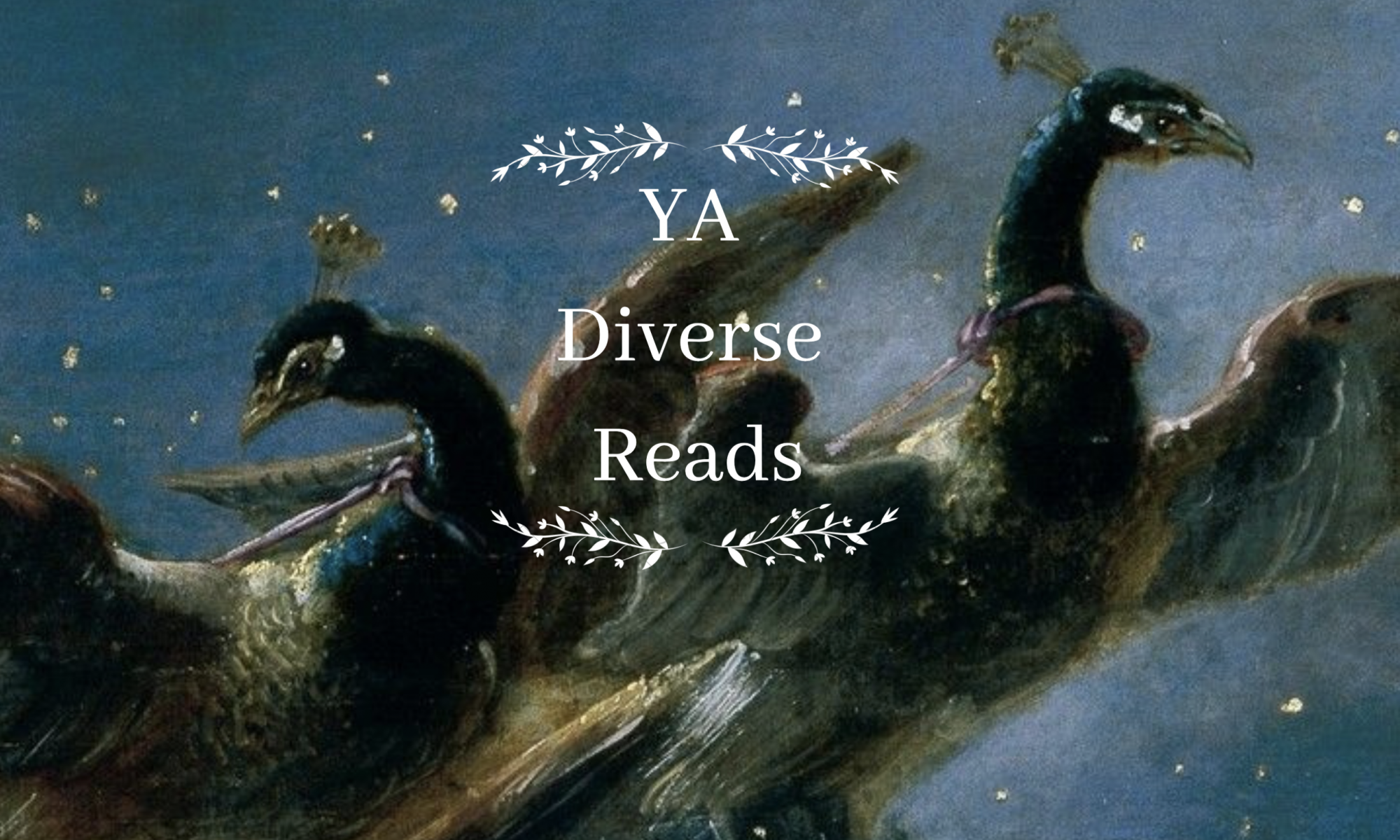“I want to write a _____ character but I’m not ______. What do I do?”
This question pops up a lot on the internet. Writers don’t want to risk offending people or portraying marginalized people in a stereotypical or negative light. They may feel burdened with choosing to write a diverse character, as there is a likelihood that they will inaccurately portray them. So what is the solution?
1. Research. I mean that in its broadest sense.
Simply googling information about the marginalized person and reading wikipedia articles does not suffice as research. It’s a start but certainly not a solution. One must read as much as possible about their character.
When writing a character who is a different race than your own, especially if you’re white, reading up on history is essential. In contemporary or historical fiction, understanding context is essential to understanding the person. What caused these people to come to this country? Are they living in diaspora? What are their family dynamics in terms of their culture? These are just a few of the many questions to ask yourself when you begin your research.
2. Talk to real, diverse people.
There’s a reason there’s such a strong emphasis placed on diversity within the work place and within schools (aside from equal opportunity). Diversity offers perspective into experiences that many people will never experience themselves. Racism, sexism, classism, ableism, and any other negative -ism one can think of. Being exposed to other people’s life experiences creates empathy and it creates conversations about change.
So, speak to people. Hear their stories. Understand why they are the way they are and learn from them.
3. Be aware of one’s privilege.
This is an obvious one but a difficult thing to be constantly aware of. As a writer, it is your duty to create. With creation, there is projection. Writers tend to project their own perceptions and ideas into the things they write, which is the point most of the time, but it can cause issues when writing marginalized characters. This is when stereotyping tends to come into play because the writer is relying on their own misconceptions. Don’t do that.
Instead, try to run your story ideas by the people who you’re writing about. Who knows, maybe they can help you out with that one plot-hole that you haven’t worked through yet?

